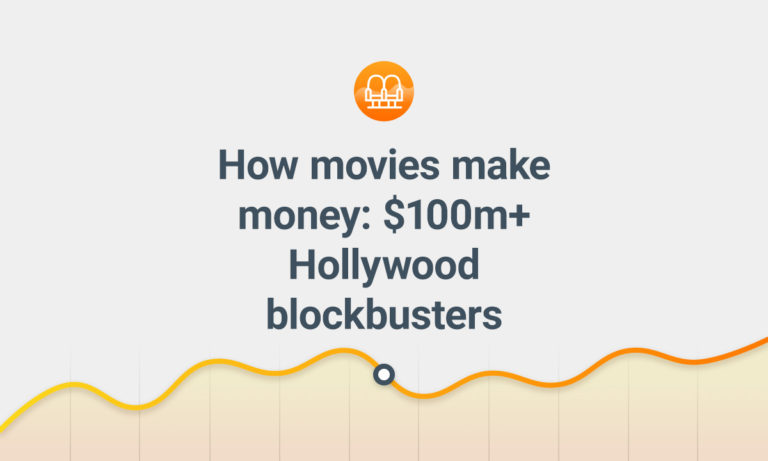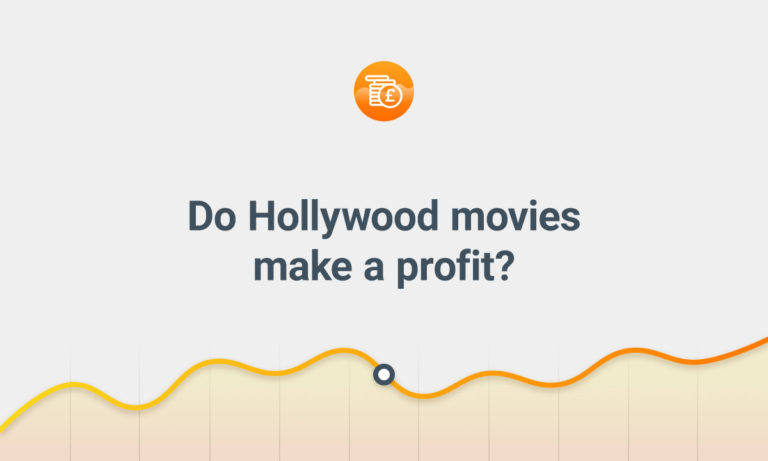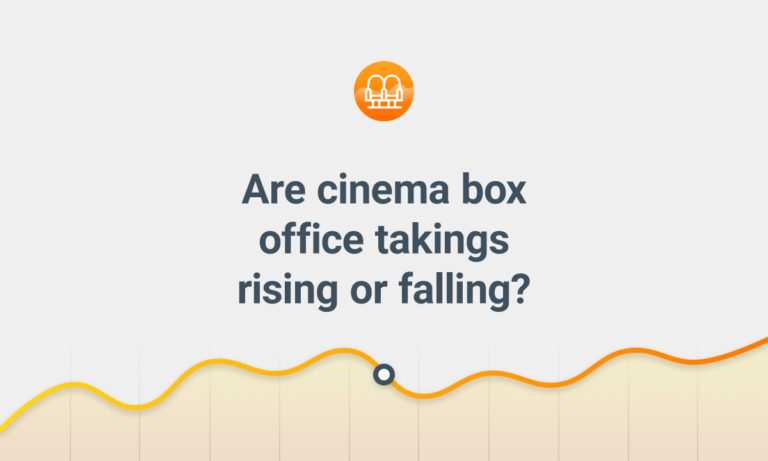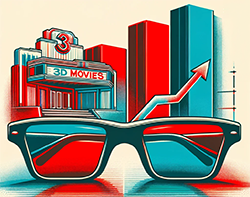
A reader has been in touch to ask how 3D movies are faring. They said “I reckon the 3D bubble has well and truly burst – has it? Are we free from 3D movies blighting the big screen?“.
It’s a great question, and so I turned to the data to have a look.
RIP 3D?
The first thing to note is that 3D has “died” a few times already. Audiences have long complained of the cost, the added equipment and the gimmicky nature of many 3D movies.
The latest 3D boom started with Avatar in 2009, with a whole host of movies following, either being shot natively in 3D or being “dimensionalized” in post-production. Only a couple of years later a YouGov survey of almost 3,000 Britons revealed that under a quarter felt that watching a movie in 3D improved the overall cinema-going experience, while 59% either didn’t know or were indifferent towards 3D in this context.
That same survey revealed that only 17% of people disagreed with the statement that 3D movies were “a phase that will pass”.
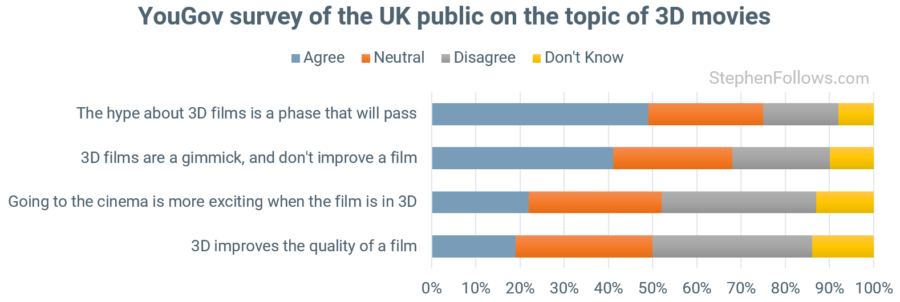
It’s now twelve years and one pandemic later, so I think we’re ready to assess the fate what I’m calling “The First 3D Boom of the 21st Century”.
The multiple booms of 3D
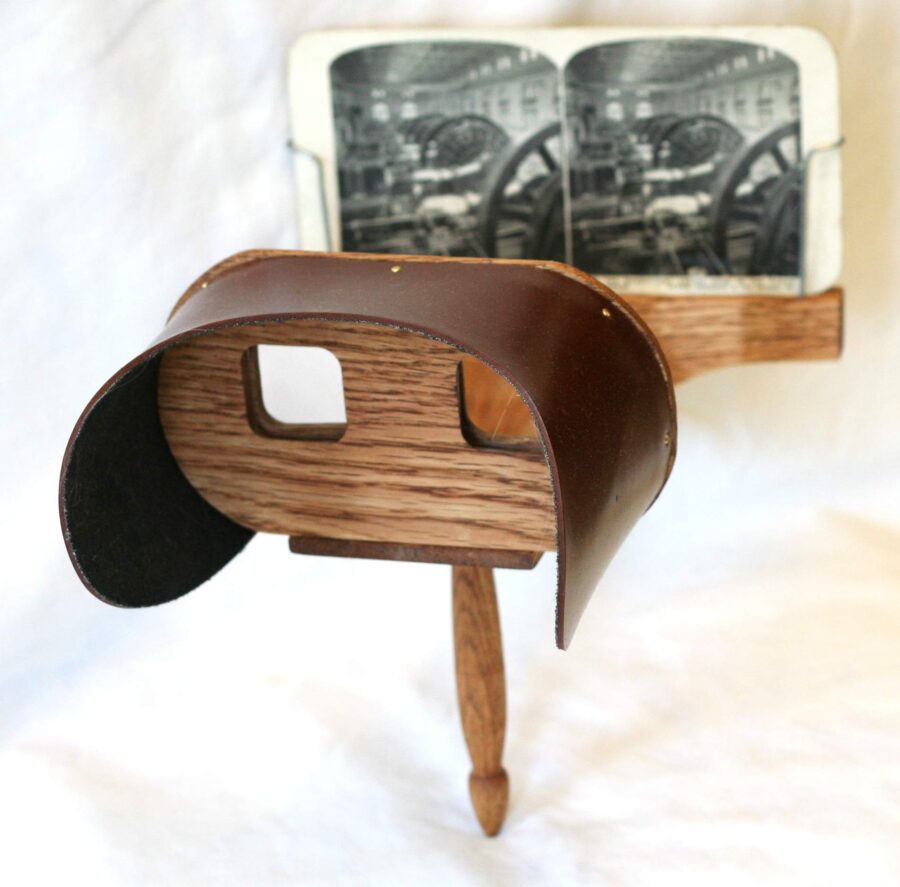
3D technology is actually older than movies themselves. One of the earliest methods used for creating a 3D effect was the Stereoscope, invented by Charles Wheatstone in 1838. It used two side-by-side images viewed through a device with lenses to create a sense of depth.
3D first reached motion pictures in 1894, when William Friese-Greene patented a technology where viewers wore glasses with red and cyan lenses and two colour-coded images were projected simultaneously on the screen. The lenses would filter the images so that each eye would only see one image, creating a stereoscopic effect.
By the 1950s, movies had started using polarization, which projected two separate images through polarised filters, and viewers wore glasses with matching polarised lenses, which would only allow one image into each eye.
The high point for 3D releases in the US was 1953, but was soon followed by a crash.
The 1970s and 80s saw a brief resurgence of interest, but more for schlocky releases such as Jaws 3D rather than tentpole major releases. And then we get to the most recent explosion of mainstream releases.
The chart below shows the number of 3D movies which were released in US cinemas.
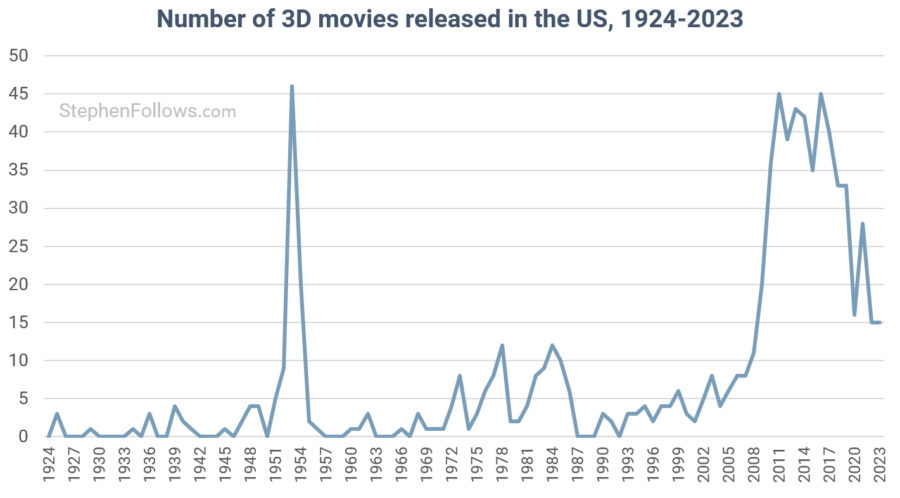
In any study spanning 100 years of film, we need to take into account how much the industry has shifted. For example, one of the factors contributing to the large number of 3D movies released in the past few years is that the overall number of movies produced has massively increased.
So, perhaps it’s a fairer measure to look at the number of 3D releases as a percentage of all movies made.
The chart below highlights just how major the early-1950s boom was. The far right of the chart also gives us a clue to our headline question, suggesting a decline in interest in 3D production.
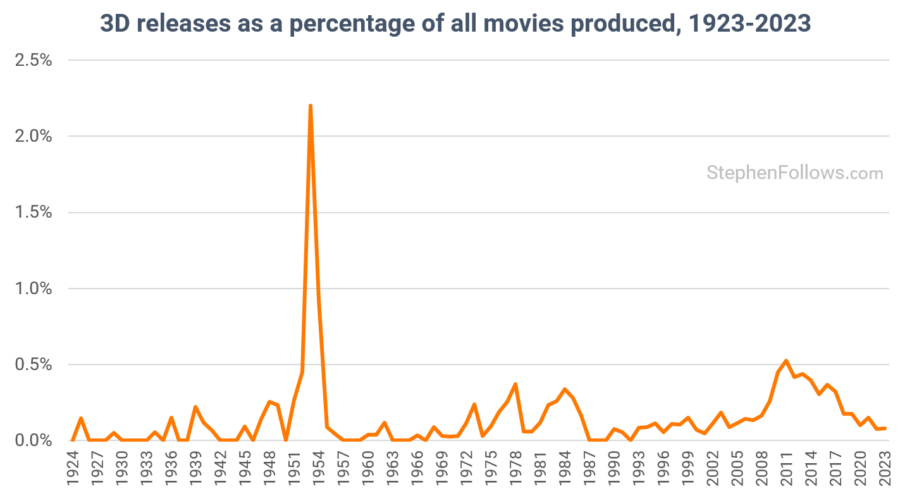
How have 3D movies performed at the box office?
We have to start by acknowledging that the recent pandemic has made any time series of box office earnings complicated. Firstly, we need to account for the sheer number of cinemas that were closed in 2020 (and to some degree in 2021). Secondly, we are still tracking the effect this ‘reset’ has had on cinema-going habits, and we’re not yet at a place where we can declare ‘business as usual’.
The numbers show some of this very clearly. The UK box office limped past £1 billion in the final weeks of 2023 – ending at only 78% of the 2019 total, even before we take inflation into account.
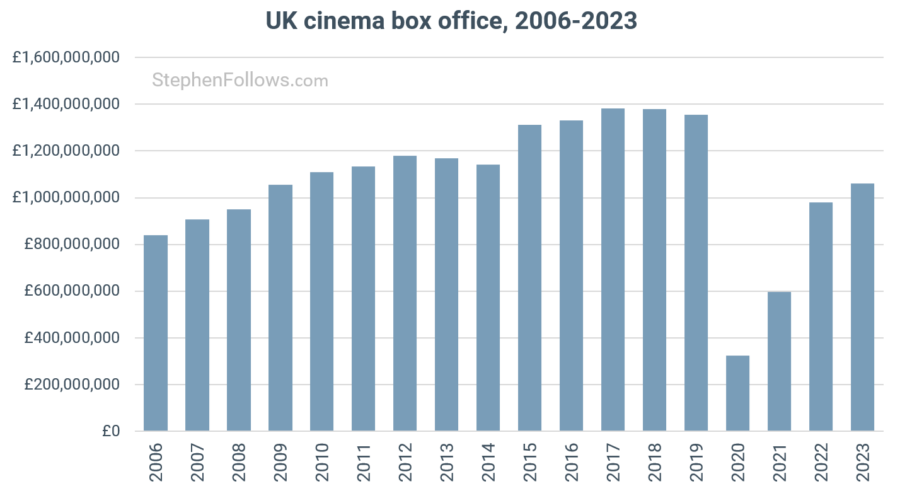
With those caveats in mind, let’s look at how 3D movies have been performing on the big screen.
The short answer is… not well.
In 2010, over a quarter of all the money raised at the UK box office went to 3D releases. In 2023, the figure sat at just 3.6%
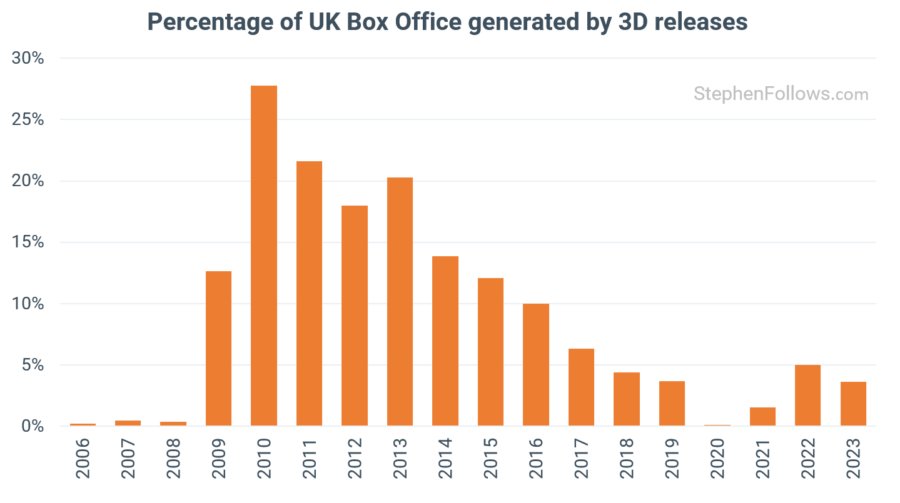
History has shown us that it would be foolish to declare 3D dead. It seems probable that it will return in some other guise in the future. But it does seem that we can add the 2010s alongside the 1950s and 1980s, as decades in which there was a 3D boom and bust.
Further reading
If you’d like to read more about 3D in film, you may enjoy the following:
- Are audiences tiring of 3D movies?
- Do film professionals think that 3D is better than 2D?
- 48 trends reshaping the film industry: Part 3 – Distribution and exhibition
Notes
I’m grateful to Lucy from comScore for the UK box office data. Other data points came from OMDb, IMDb, The Numbers, the MPAA and Wikipedia.

